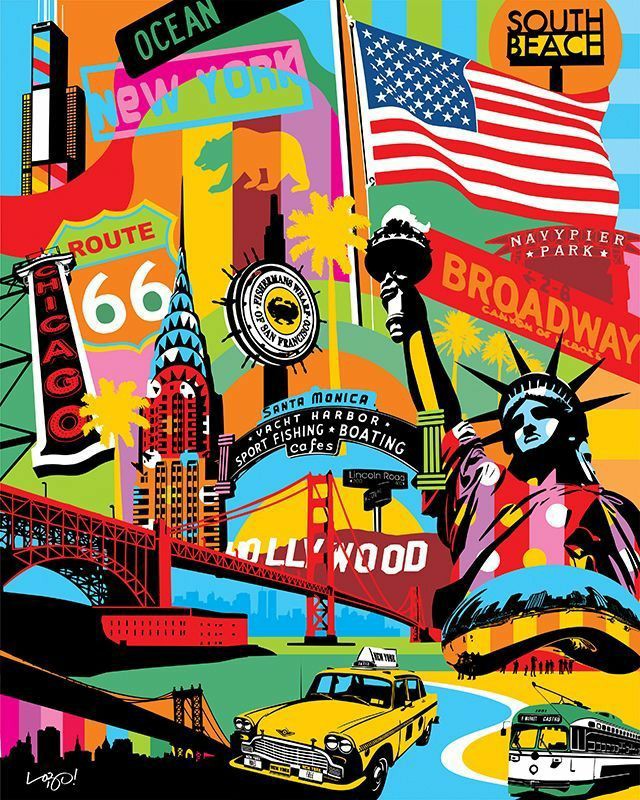
The phrase “pop culture” is definitely a conversation starter, and granted, though pop culture hasn’t helped cure cancer, overthrow fascist governments or advance science (though Brian May’s guitar solo in Bohemian Rhapsody is positively life-altering), you cannot have a conversation about the human experience without pop culture. In many ways, it reveals many facets of human behaviour throughout history.
From manuscripts and books to smartphones and laptops, there has been a drastic change in how we lead our lives with time. People often begin to jog down memory lane when they come across fashion trends, songs, movies, and sitcoms that once used to exist but slowly turned grey with the fast-changing world and its taste. While watching a show or listening to a song from the black and white era, do you ever wonder how different everything would have been back in those days? After all, it is hard not to find yourself curious about how things functioned back then.
How exactly did the concept of pop culture come into existence though? The coinage of the term “popular culture” dates back to the 19th century; however, contrary to the “official culture” and higher education of the upper class, it was initially associated with poor education and the lower class of the society.
During the 18th and 19th centuries, Britain was undergoing massive economic growth, which paved the path for the industrial revolution during the Victorian era. With industrialism and capitalism’s growth, people could afford to spend money on entertainment, sports, pub, etc. Owing to the increase in education’s importance, books also made it to the list of attention-grabbing means of pleasure and class. The mass-production of popular literature in the United Kingdom—Penny Serial—became a popular culture among Britain’s youth in the 1830s.
It is so much more than the latest Tik-Tok trend or the latest Kylie Jenner meme. In fact, one of the most significant milestones in pop culture, wedding ceremonies, dates even before biblical accounts. Wedding ceremonies began traditions based on religious tenets, traditions that got quickly ingrained in society, traditions which we still follow to this day.
The pop culture revolution commenced in the 1950s with rock n’ roll, TV, Dick Clark, the hula-hoop, transistor radios, into the 1960s and beyond. We can consider pop culture as a unifying bridge through cultures, bringing people from all walks of life together and celebrating their diversity. Whether we look at the 1960s rock ‘n’ roll movement or today’s booming social networking platforms, pop culture enables every individual to be able to form their own perception regarding the cultural history.
During the Renaissance, composers started putting notes on paper. As a result of this, here we are, centuries later, streaming the latest Ariana Grande track seconds after its release. Fashion styles are probably the most effective way to show how popular culture has changed through time. The skirts became shorter due to functionality, and then the skirts became pants. The pants got wider at the bottom (thanks to the 70’s), then became skin-tight (thanks to the Kardashians). At this point, we recall decades by the fashion trends that ruled the time, and the people who set them. From John Lennon’s iconic shades to the Spice Girls’ jaw-dropping outfits to Dua Lipa’s trend-setting e-girl bleached hair, fashion has always told a story.
Pop culture helps significantly in shaping the masses and their mindset. Britney Spears wore a crop top and low-rise jeans in 2004, and suddenly, everyone was doing the same for the next five years. It has also helped start important conversations and movements. Celebrities actively talking about mental health and the popularisation of shows like ’13 Reasons Why’ have definitely helped bring mental health struggles into the mainstream and taken some of the stigmas off of them.
Elvis’s pelvic thrusts shook the world. Marilyn Monroe’s accidental flying skirt photo became one of her most iconic photos. Kanye interrupting Taylor during her acceptance speech, Miley twerking on stage to remind everyone Hannah Montana is dead or James Charles’ classic “Hi Sisters” intro—all conversation starters, all deeply impactful moments in recent history. Good or bad, or sometimes really bad (definitely not talking about Lady Gaga in a meat dress), pop culture has been and will continue to be something worth talking about. That’s what people do—they talk, and pop culture will always give them something to talk about, one Instagram story at a time.
Therefore, it is fair to say that the subject of pop culture is made by an endless chain of evolution. From how we dress, how we talk, what gadgets we use to the songs we listen to, the movies we watch, the books we read, the technology we use, the way we communicate, etc, pop culture has left an indelible impact on all our lives. Therefore, one may not think about pop culture very often, but one simply cannot turn a blind eye to its evolution and how it constitutes a major part of new trends and inventions; thereby, making a significant change in our lifestyle from time to time.
Written by Aarushi Verma and Rajika Ghose for MTTN
Edited by Avaneesh M for MTTN
Featured Image: ‘American Pop Culture’ by Lobo
Leave a Reply
You must be logged in to post a comment.